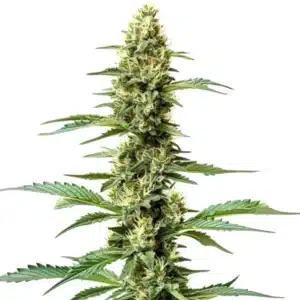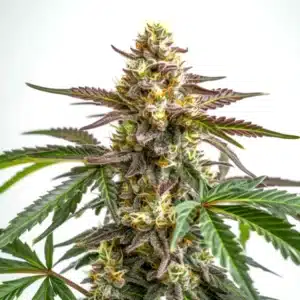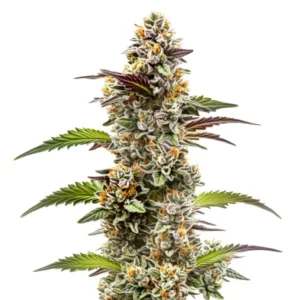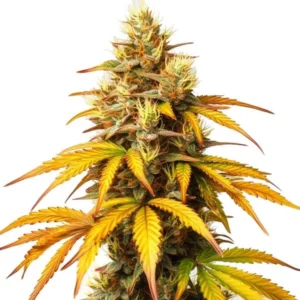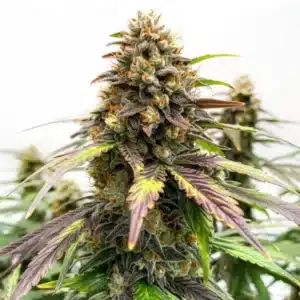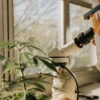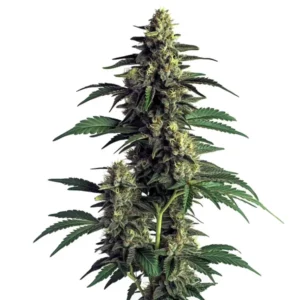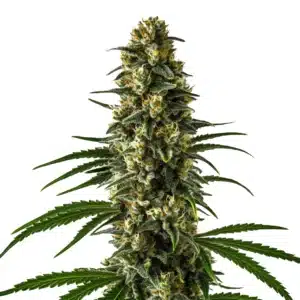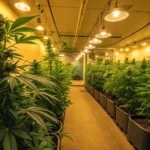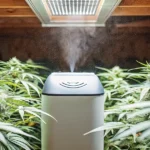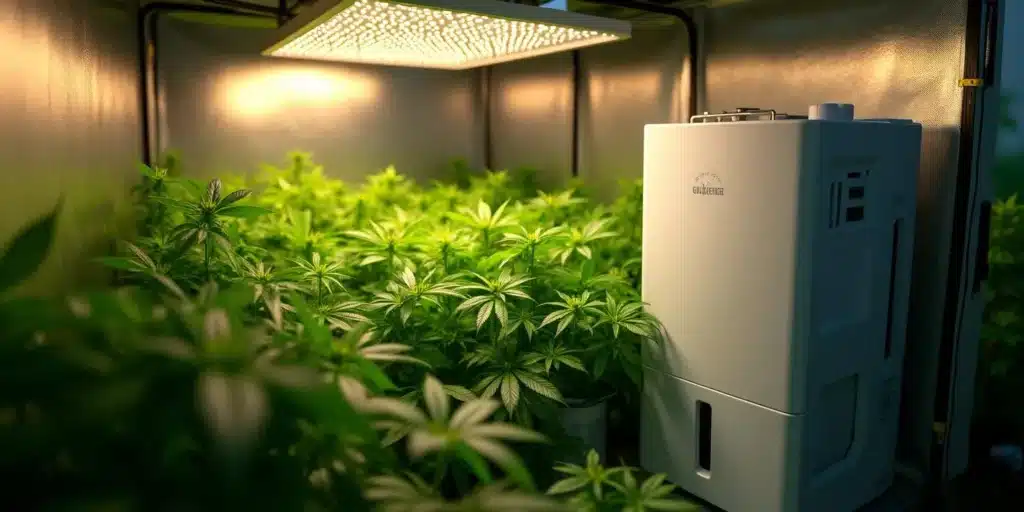
Best Dehumidifier for Grow Tent
When embarking on the journey of cultivating plants in a grow tent, getting the right equipment can truly elevate your gardening experience. One pivotal piece of equipment is a dehumidifier, which plays a critical role in maintaining a stable environment. Proper moisture management ensures your plants thrive, promoting vibrant growth and robust health. It’s surprising how many hobbyists underestimate the impact that the right dehumidifier can have on their plants’ development.
Why Use a Dehumidifier in a Grow Tent?
Understanding the humidity levels is essential in the world of indoor gardening. Excessive moisture in the air can lead to unwelcome guests like mold and pests, which can wreak havoc on your beloved plants. Conversely, too low humidity can stunt growth and impair nutrient absorption. Achieving balanced humidity levels is not just a nice-to-have; it’s a cornerstone of successful gardening. That’s where a dehumidifier comes in!
Recommended Strains
Northern Lights Regular
|
|
THC | 18% - 22% (Medium) |
|
|
Type | Regular |
|
|
Yield | High |
|
|
Phenotype | 75% Indica / 25% Sativa |
Northern Lights x Chronic
|
|
THC | 15% - 19% (Medium) |
|
|
Type | Feminized |
|
|
Yield | High |
|
|
Phenotype | 70% Indica / 30% Sativa |
By investing in a suitable dehumidifier for your grow tent, you’re taking a proactive step towards creating an ideal environment for your plants. This tool helps regulate moisture, shields your plants from detrimental conditions, and fosters a thriving ecosystem. Most plants flourish within a humidity range of 40-60%, and a quality dehumidifier can help maintain this sweet spot throughout every stage of growth.
Promos & Deals
Key Features to Consider
Selecting the right dehumidifier involves delving into several features that cater to your specific needs. Here’s a closer look at the essential aspects to keep in mind:
- Size and capacity: Assess the dimensions of your grow tent. Dehumidifiers vary in size and their moisture extraction capacity greatly influences performance, allowing you to find the best fit for your setup.
- Energy consumption: Choosing energy-efficient models is a win-win. They not only save you money over time, but also contribute positively to environmental sustainability, allowing you to garden with a clear conscience.
- Noise level: If you’re growing plants in a serene space, consider choosing a quieter unit. The last thing you want is equipment that disrupts your peaceful gardening routine.
- Drainage options: Look into dehumidifiers with built-in tanks for water collection, or models suitable for continuous drainage through a hose. The latter can alleviate the burden of regular maintenance.
- Controls and settings: Opt for units with digital controls that facilitate easy adjustments. Built-in hygrometers that can automatically maintain your desired humidity make life even easier!
Each of these features plays a significant role in the operation and efficiency of a dehumidifier. Taking the time to understand what you need from your equipment will pay off in your plant’s health and productivity.
Top Picks for Grow Tent Dehumidifiers
With an array of excellent dehumidifiers available, it can be quite the task to select the best one for your grow tent. Here’s a curated list of some of the top contenders that might just suit your needs:
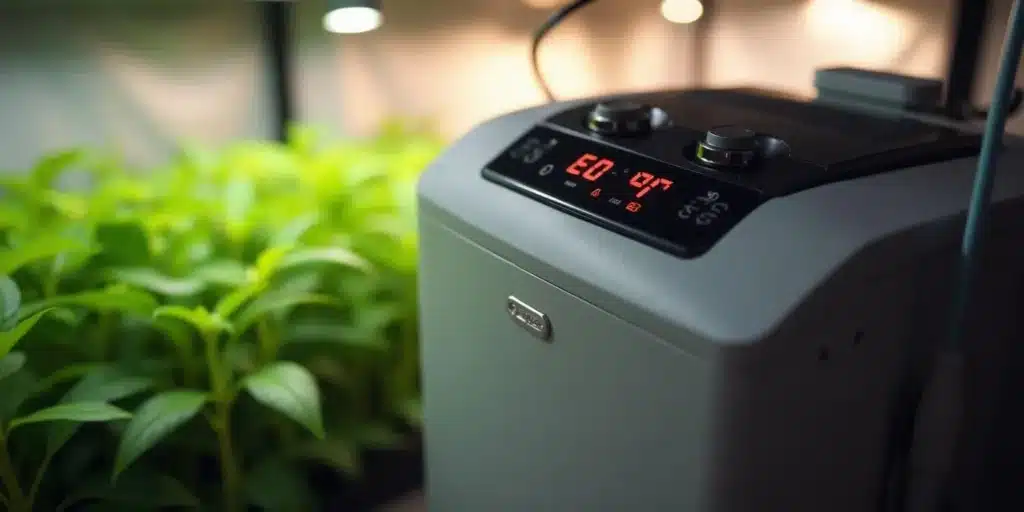
1. VIVOSUN 70 Pint Dehumidifier
This model stands out for its efficiency and user-friendly design. Capable of extracting up to 70 pints of moisture each day, it’s perfect for larger grow tents. Its auto-restart feature is fantastic for continuity, particularly after power interruptions. Plus, with a built-in pump, you can easily achieve continuous drainage, making maintenance a breeze.
Many growers praise the VIVOSUN for its balance of power and efficiency. Whether you’re new to indoor gardening or a seasoned pro, this dehumidifier offers reliable performance that helps maintain the right environment for your plants.
2. hOmeLabs 50 Pint Dehumidifier
Hailing as a favorite among indoor gardeners, the hOmeLabs model functions efficiently to remove 50 pints of moisture daily, making it well-suited for diverse setups. It features user-friendly digital controls and a quiet operation mode, which many find ideal for maintaining a peaceful growing ambiance. You’ll appreciate features such as a 24-hour timer that further enhances its convenience.
This dehumidifier proves that performance doesn’t have to come at the expense of comfort. Its sleek design fits well into any grow tent layout, ensuring you can enjoy the growing process without distractions.
3. Ivation 70 Pint Dehumidifier
This powerful yet compact option excels in managing humidity, making it suitable for both small and expansive grow tents. Capable of effectively reducing humidity in spaces up to 4,500 square feet, it’s a strong contender for any dedicated grower. With its built-in hygrometer enabling automatic humidity control, keeping your plants in the ideal environment is easier than ever.
Convenient drainage features round off this dehumidifier’s profile. Growers often highlight how hassle-free it is to maintain, enabling you to focus on what really matters, nurturing your plants.
Setting Up Your Dehumidifier
After carefully selecting the right dehumidifier, setting it up correctly is crucial for achieving optimal results. Here are some practical tips to ensure you get it right:
- Positioning: Place your dehumidifier in a central location within the tent to promote optimal airflow. Keeping it away from fans that blow directly on it can enhance its effectiveness.
- Adjusting humidity settings: Start off with recommended humidity levels for your specific plants. Generally, maintaining around 50% humidity during the vegetative stage is good practice and gradually lowering it during flowering can prevent mold growth.
- Monitoring: Invest in a hygrometer to actively monitor humidity levels. The more informed you are about the environment in your grow tent, the better decisions you can make regarding adjustments.
Additionally, make it a point to regularly check on the dehumidifier’s performance. Keeping the unit clean and ensuring that the drainage is functioning properly will contribute to its longevity and efficiency.
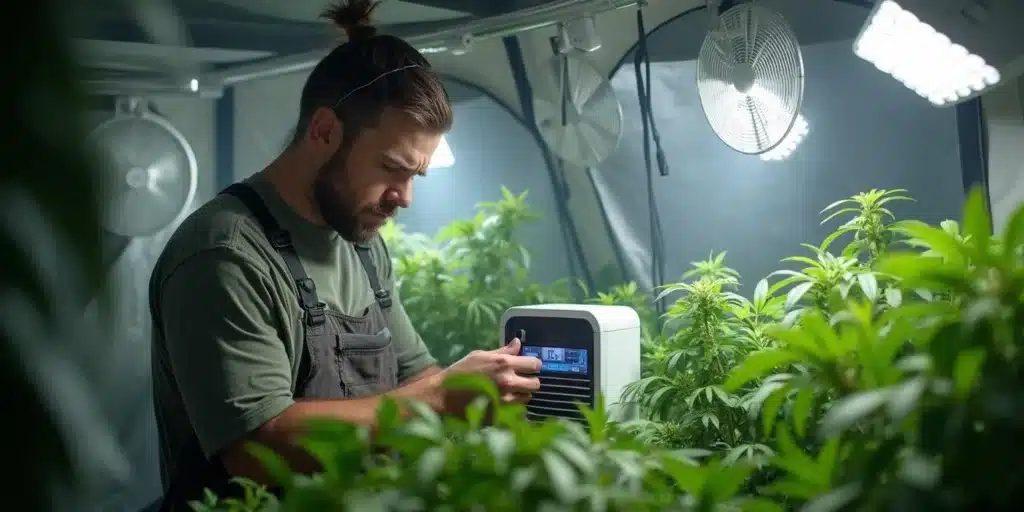
Common Issues and Solutions
Even with the best dehumidifiers, you might encounter some challenges along the way. Here are common issues growers face along with effective solutions:
- Excessive noise: If noise becomes a concern, consider placing sound-absorbing materials around the unit. Alternatively, exploring quieter models can enhance your growing experience.
- Inconsistent humidity levels: If you notice fluctuations, double-check your settings and the placement of the device. Ensuring the dehumidifier is centrally located could help stabilize the environment.
- Water overflow: Routinely inspect the drainage system for blockages and ensure that the unit’s tank is emptied often, if applicable. Regular maintenance can prevent many headaches down the line.
Staying proactive about these issues will allow you to resolve them before they escalate. A bit of attention can go a long way in establishing a thriving grow tent.
Complementary Equipment for a Grow Tent
Besides a dehumidifier, consider incorporating other essential tools into your grow tent setup for a comprehensive growing environment:
- Fans: Proper air circulation is key to maintaining stable humidity levels. Utilizing fans helps prevent air stagnation, ensuring a lively growing atmosphere.
- Humidifier: In situations where you experience low humidity, having a humidifier on hand can supplement moisture without the frustrations of fluctuating conditions.
- LED grow lights: Investing in energy-efficient LED grow lights will help guarantee plants receive the light they need while keeping energy costs manageable.
Utilizing these complementary pieces of equipment, in conjunction with a quality dehumidifier, will give your plants the best chance for success. A well-rounded approach can yield fantastic results in a grow tent environment.
Popular Strains for Grow Tents
The choice of strain you cultivate is a fundamental aspect of your growing experience. Here are three notable strains from Blimburn Seeds that thrive in various indoor environments:
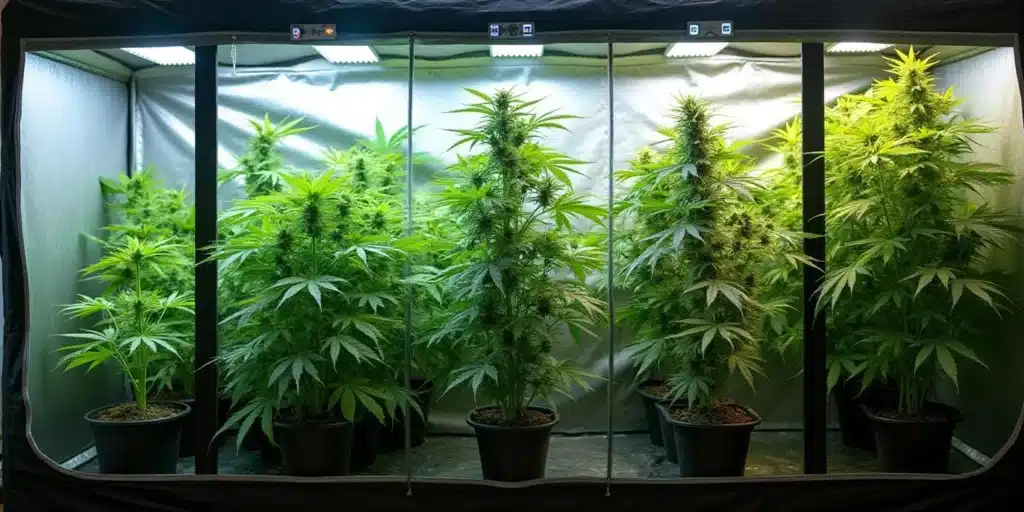
1. Northern Lights
Northern Lights is often recommended for beginner growers due to its hardy nature. This strain adapts well to controlled environments, making it a terrific candidate for grow tents. Many enthusiasts appreciate its resilience and the calming effects it provides, making it a favorite for relaxation.
This strain’s forgiving nature and straightforward growth habits make it an ideal choice for those just beginning their indoor gardening adventure.
2. Blue Dream
Renowned for its delightful aroma and balanced effects, Blue Dream flourishes in varying conditions, making it another strong option for indoor cultivation. It tends to produce substantial yields, making it especially appealing for dedicated growers looking to maximize their harvest.
This strain’s versatility and reputation among growers make it a go-to for those who want reliability in their grow tent setup.
3. Gorilla Glue
Gorilla Glue has rapidly risen in popularity thanks to its potent effects and resinous buds. It thrives in controlled environments, making it a perfect candidate for growers who utilize dehumidifiers to manage humidity. Many cultivators rave about its outstanding quality, making it a rewarding choice.
By choosing this strain, you’re investing in a variety that delivers impressive results while also being relatively easy to care for in a grow tent environment.
FAQs
What is the ideal humidity level for a grow tent?
The ideal humidity level can vary depending on your plants’ growth stage. As a general guideline, most plants thrive in a humidity range of 40-60%. During the flowering stage, consider lowering humidity levels to help prevent mold and other issues.
How often should I empty my dehumidifier?
The frequency for emptying your dehumidifier will largely depend on its capacity and the humidity levels of your environment. If you have a model with a tank, it’s wise to check it daily, particularly during periods of high humidity. Models that allow for continuous drainage minimize the need for manual emptying altogether.
Can I use a dehumidifier for all types of plants?
Many dehumidifiers cater to a broad range of plant types. However, certain plants may have specific humidity requirements. Always research the particular needs of your plants so you can optimize humidity accordingly.
What size dehumidifier do I need for my grow tent?
The size of dehumidifier you need will depend on the dimensions of your grow tent and the average humidity levels. Measure your space’s square footage and consult the manufacturer’s specifications for guidance on suitable capacities.
Do I need a dehumidifier during the entire growing cycle?
Not all growers will need a dehumidifier for the entire growing cycle. It can be especially beneficial during high humidity periods, but you might not require one in the early growth stages when humidity levels tend to be naturally higher. Keeping a close watch on conditions and adjusting as needed is key to successful indoor gardening.



